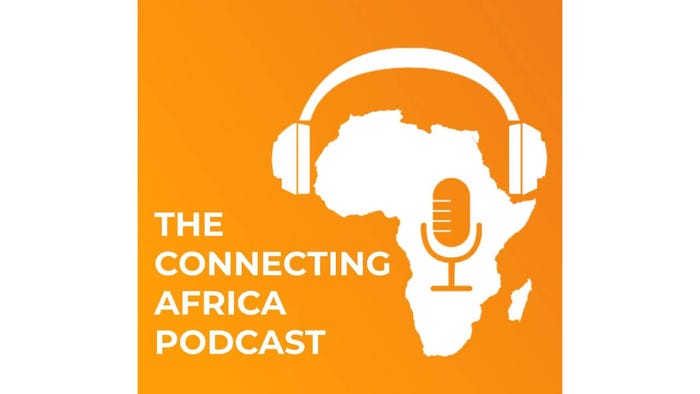Angola Cables Trials Nokia's PSE-3Angola Cables Trials Nokia's PSE-3
Angola Cables is trialing an optical interconnect platform based on Nokia's Photonic Service Engine 3 (PSE-3) chipset as part of its plans to offer a direct data link between Africa and the US, via Brazil.
ESPOO, Finland -- Nokia has announced that Angola Cables is trialling Nokia’s Photonic Service Engine 3 (PSE-3) chipset for the first direct optical connection between the USA and Africa. The route provides direct, low-latency trans-Atlantic routing and greatly simplifies the turn-up of services to better serve rapidly growing data consumption markets in Africa.
Subsea fiber-optic cables form the backbone of the global internet, connecting countries and continents across vast trans-oceanic distances. The new services leverage the interconnection of two existing subsea cable systems – SACS (South Atlantic Cable System) and MONET. SACS, owned and managed by Angola Cables, operates between Fortaleza, Brazil and Luanda, Angola and is connected to AngoNAP Datacenter. The consortium-owned MONET connects Santos/Fortaleza with Florida/USA.
Combining SACS and MONET subsea systems in this joint trial allows for the first time 300 Gbps of traffic between Miami and Luanda. The test adds more capacity to an already low latency network. Lower-latency network connections improve performance and user experience in applications such as cloud computing and content consumption. According to the ITU, sub-Sarahan Africa has recorded the highest growth in internet use globally over the past decade, from under 10% of the population in 2010, to over 28% in 2019. Enhanced subsea connectivity is crucial for access to global content and services of this growing user base.
The subsea wavelengths were deployed with Nokia's 1830 Photonic Service Interconnect (PSI) data center interconnect (DCI) platform utilizing the PSE-3. The 1830 PSI provisioned optical wavelengths at 300 Gbps using probabilistic constellation shaping (PCS) to optimally shape the signals to the specific characteristics of the 12,635 km cable, achieve operation near the theoretical limits of the system. Fernando Azevedo, Technical Director at Angola Cables, said: “With Nokia’s PSE-3, Angola Cables can optically interconnect the MONET and SACS submarine fiber optic cables, enabling more capacity and a further reduction in latency between content providers in North America and the rapidly growing data consumption markets in Africa.” Sam Bucci, Head of Optical Networking at Nokia, said: “Africa is a strategic growth market for Nokia across both our core CSP and webscale businesses. We are proud to partner with Angola Cables to apply our ground-breaking PSE-3 technology to a unique and challenging subsea route, helping to deliver enhanced services to a rapidly developing part of the world.”
Nokia Corp. (NYSE: NOK)
.jpg?width=100&auto=webp&quality=80&disable=upscale)
.jpg?width=400&auto=webp&quality=80&disable=upscale)
_(1)_(1).jpg?width=700&auto=webp&quality=80&disable=upscale)
.jpg?width=700&auto=webp&quality=80&disable=upscale)
_(1).jpg?width=700&auto=webp&quality=80&disable=upscale)

.jpg?width=700&auto=webp&quality=80&disable=upscale)
.jpg?width=700&auto=webp&quality=80&disable=upscale)
_(1).jpg?width=700&auto=webp&quality=80&disable=upscale)
.jpg?width=700&auto=webp&quality=80&disable=upscale)

.jpg?width=700&auto=webp&quality=80&disable=upscale)